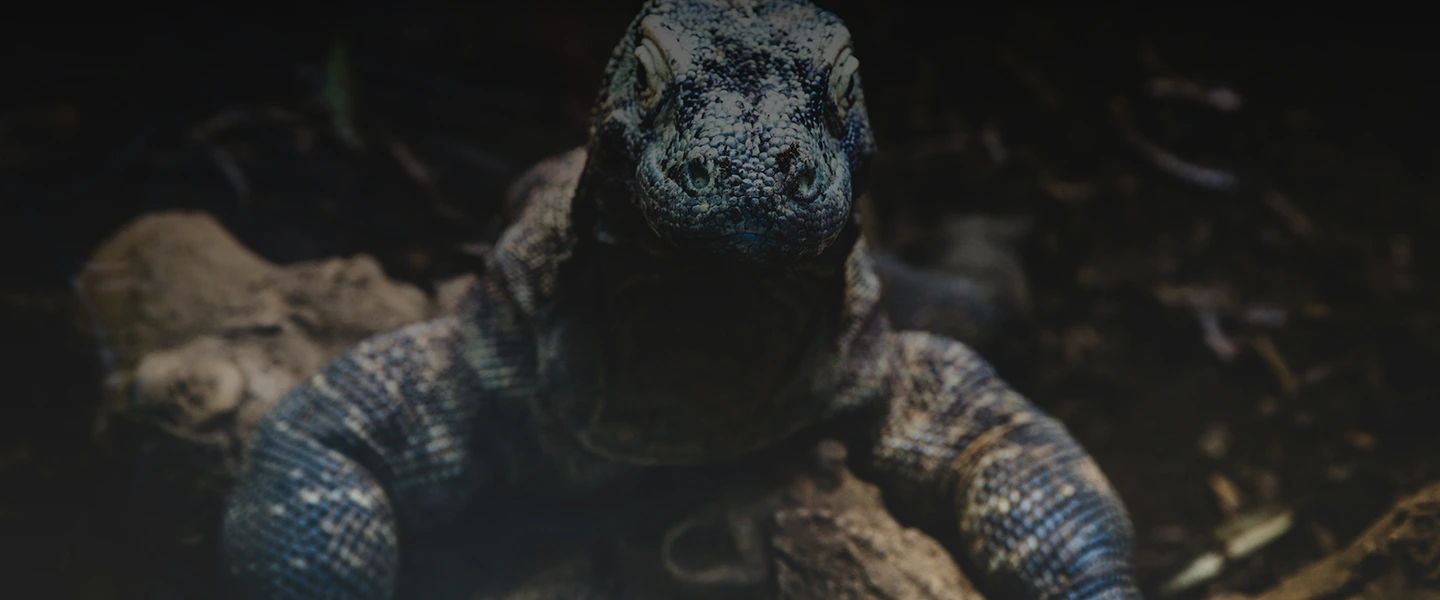Why Komodo National Park Matters When most travelers think of Indonesia, images of Bali usually come to mind. But just a short flight away lies Komodo National Park, one of the planet’s most unique destinations. Recognized by UNESCO in 1991, this protected area is home not only to the legendary Komodo dragons but also to some of the world’s richest marine biodiversity. For anyone seeking an adventure that blends nature, culture, and wonder, Komodo isn’t just a stop on the map—it’s a once-in-a-lifetime journey. A UNESCO World Heritage Site Since 1991 UNESCO granted Komodo National Park World Heritage status for two main reasons:
- 🦎 Exceptional biodiversity – The park protects the last natural habitat of the Komodo dragon, the world’s largest lizard.
- 🌊 Outstanding marine environment – Its coral reefs are part of the Coral Triangle, home to over 1,000 species of fish and hundreds of corals.
This recognition isn’t just symbolic—it ensures global awareness, research funding, and conservation measures that protect the fragile ecosystem. What Makes Komodo Unique The Komodo Dragon The Komodo dragon is the park’s most famous resident. Growing up to 3 meters long, these ancient reptiles have survived for millions of years, earning their nickname “the last living dinosaurs.” Seeing them in the wild—whether on Komodo Island, Rinca, or Padar—is unlike any zoo or documentary. Here, you watch them roam free, behaving as they have for centuries. Breathtaking Marine Life Below the surface, Komodo is a diver’s and snorkeler’s paradise. Think manta rays gliding past, turtles nesting, and coral gardens bursting with color. UNESCO calls it one of the most important marine protected areas in the world. Dramatic Landscapes From the iconic viewpoint of Padar Island to the soft pink sands of Pantai Merah, Komodo is a photographer’s dream. Rugged hills, hidden coves, and turquoise bays create scenes that feel untouched by time. A Living Culture Komodo National Park isn’t only about nature—it’s also home to fishing communities who have lived here for generations. Visiting villages like Mesa or Papagarang gives a glimpse of daily life: boat-building, seaweed farming, and traditional cuisine. Responsible travel helps ensure these communities benefit from tourism while keeping traditions alive. How to Experience Komodo the Right Way Not all trips are created equal. Many visitors join crowded tours that race from spot to spot, missing the park’s real magic. Since 2018, we at Rafida Adventure have taken a different approach.
- 🚤 Day Cruises – Perfect for those with limited time, covering highlights like Padar, Pink Beach, and Komodo dragons.
- ⛵ Overnight Cruises – Sleep under the stars, wake up to sunrise on the water, and see Komodo at a more natural pace.
- 🌿 Custom Trips – Whether overland or at sea, we design journeys that fit your interests—photography, diving, culture, or relaxation.
Because we live here, we know the tides, the crews, and the secret corners where Komodo feels most authentic. Responsible Travel Tips for Komodo When visiting, keep in mind that Komodo is both fragile and powerful. Here are a few ways to travel responsibly:
- Keep your distance – Komodo dragons are wild predators. Guides know the safe viewing spots.
- Respect marine life – No touching corals or feeding fish.
- Follow park rules – Conservation fees support protection efforts.
- Support locals – Buy crafts, food, or services directly from communities.
Final Thoughts Komodo National Park is more than a bucket-list destination. It’s a rare intersection of ancient wildlife, vibrant seas, and enduring culture—protected for the world, yet waiting for you to discover. Visiting a UNESCO World Heritage Site is always special. But in Komodo, it feels even more profound. Here, every island and every wave carries a story millions of years in the making.
👉 Ready to explore Komodo with the people who know it best? Check our trips here


